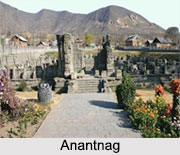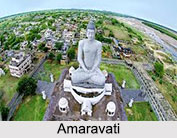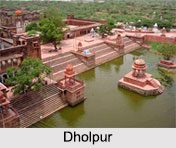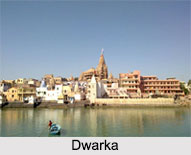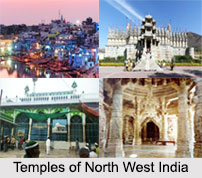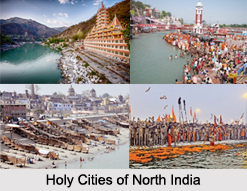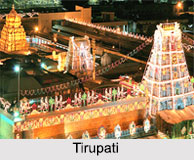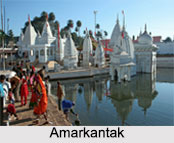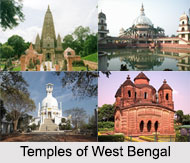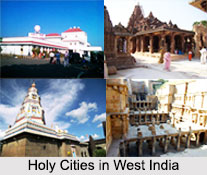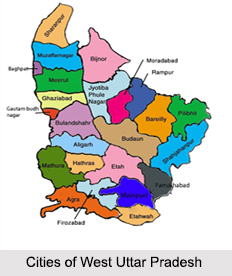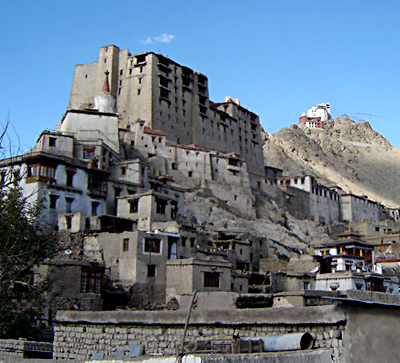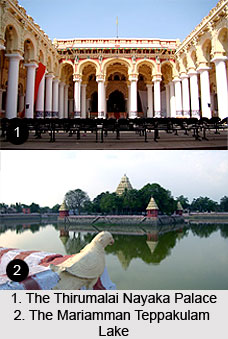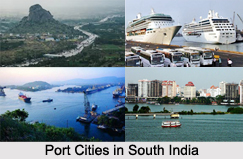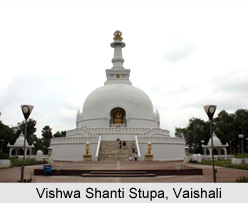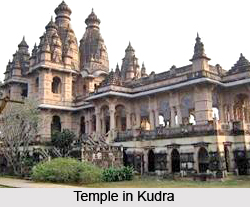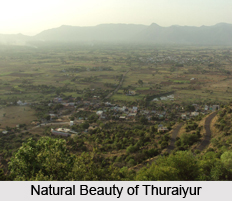In the state of Uttar Pradesh one finds no paucity of towns and cities that have flourished here by leaps and bounds. Amongst several towns that have flourished here one can easily make out Kopaganj to be an important place. In fact Kopaganj is a nagar panchayat town, which is located in the district of Mau of Uttar Pradesh state.
The strategic location of Kopaganj is also quite significant. It has its location approximately at 26.02° N and 83.57° E. It has an average height of 66 meters or 216 feet.
No discussion about any town or place becomes complete unless and until one gets first hand information about its demographical scenario. In this matter, several demographers have been employed for organizing numerous surveys and research works in Kopaganj. After working diligently they have succeeded in preparing reports on the basis of the facts that they have gathered from these extensive surveys. Most prominent is the Census report that has been brought out in the year 2001. Important data like population status, literacy condition etc can be deciphered from this report. Thus as per this report Kopaganj showed a population measurement of 30,828. To be specific, male populace comprises of 51 %. 49 % is the total population of females in Kopaganj. This naturally establishes the fact that number of females in Kopaganj is less than their male counterparts. In Kopaganj, 19% of the population is below six years of age.
Since literacy rate of an Indian town indicates its growth and prosperity, high average literacy rate of Kopaganj confirms its own development. In other words, 64 % and 59.5 % are the average literacy rates of Kopaganj and India respectively. Males of Kopaganj are scholarly which is evident from the male literacy rate, which is 70 %. Rate of female literacy constitutes 59 %.
From Kopaganj, numerous tourists visit Ghosi, town of historical significance. Ghosi is situated at a distance of ten kilometers from the Kopaganj town.
Access points of Kopaganj are significant. Indara Junction Railway Station lies in close proximity. Also Varanasi Airport is situated at a distance of about 100 km away.
